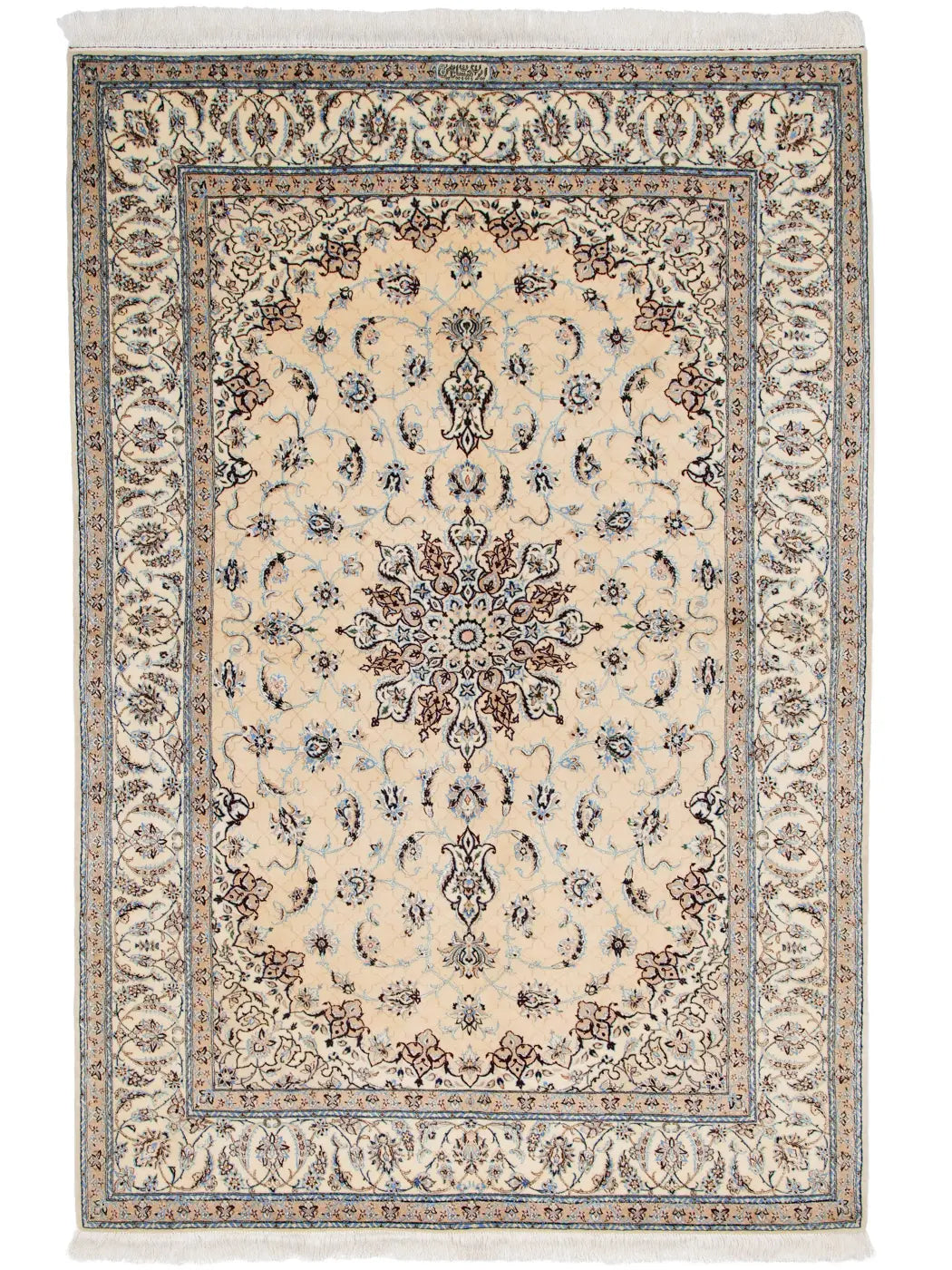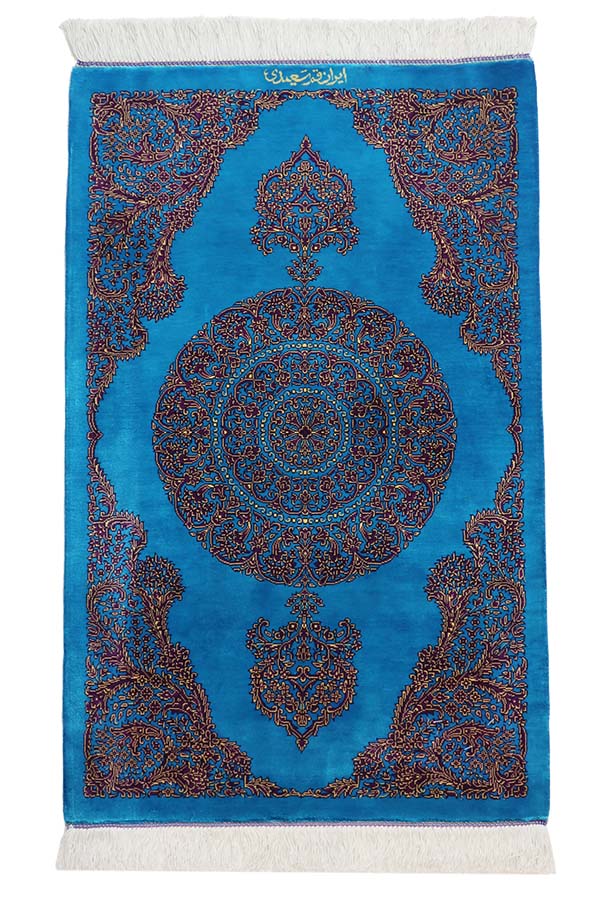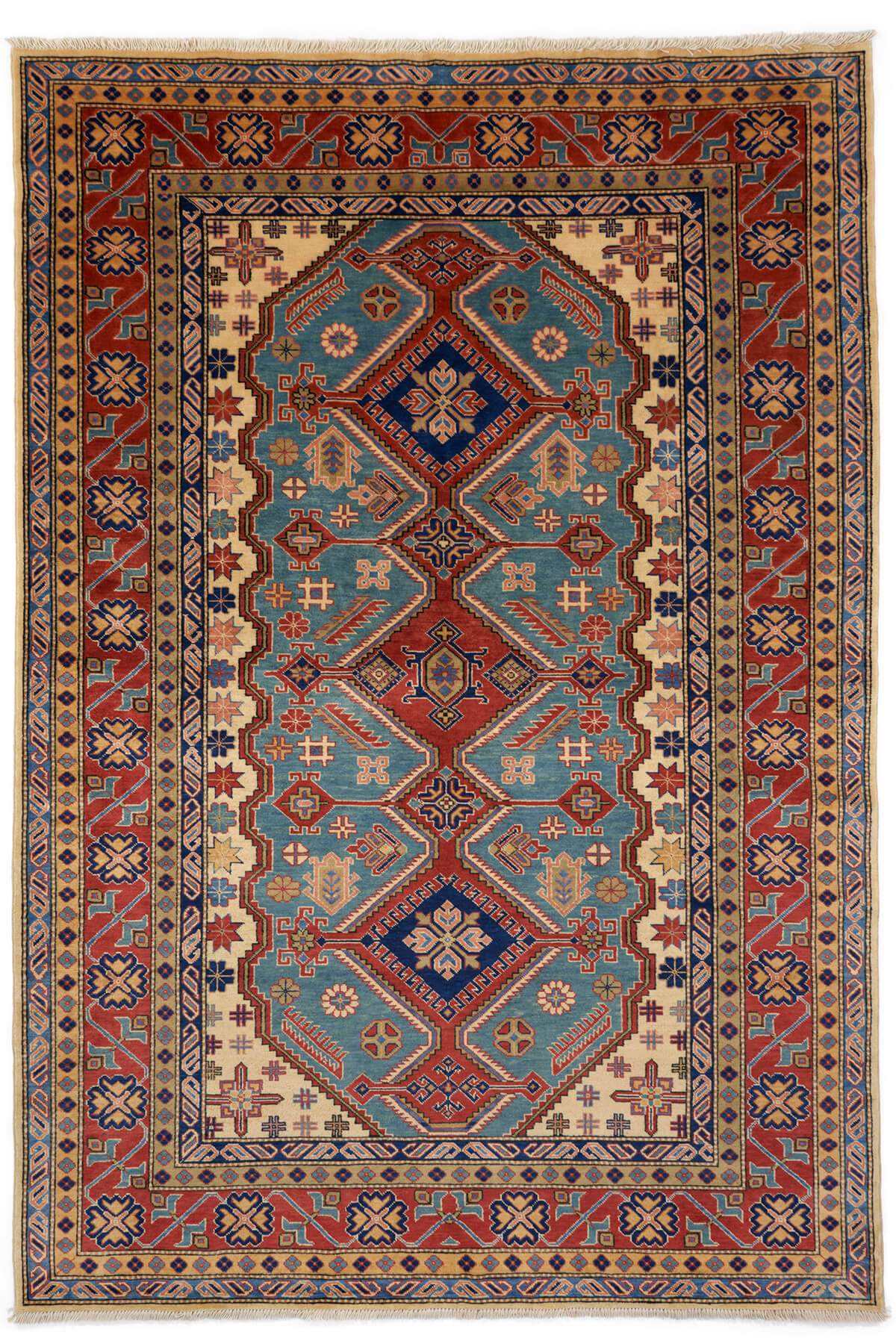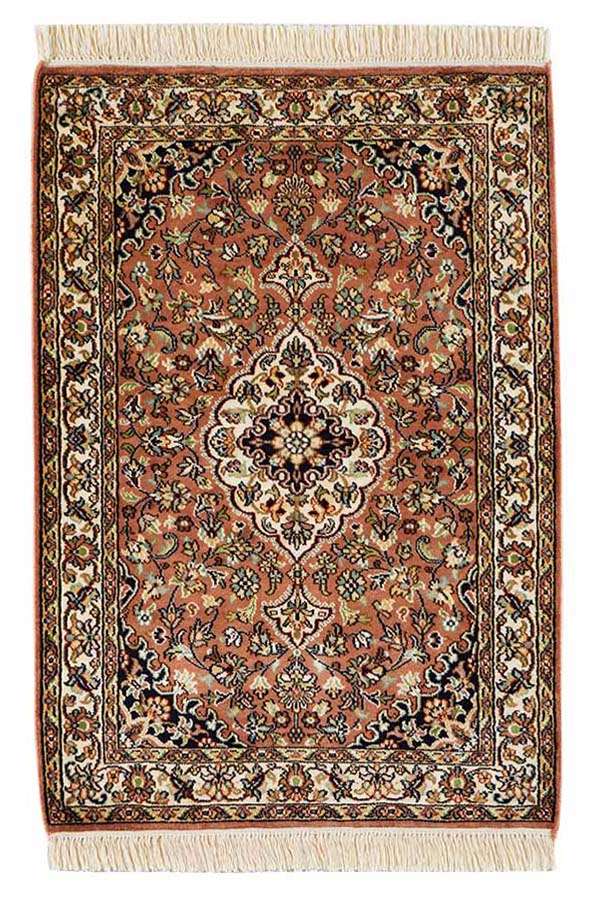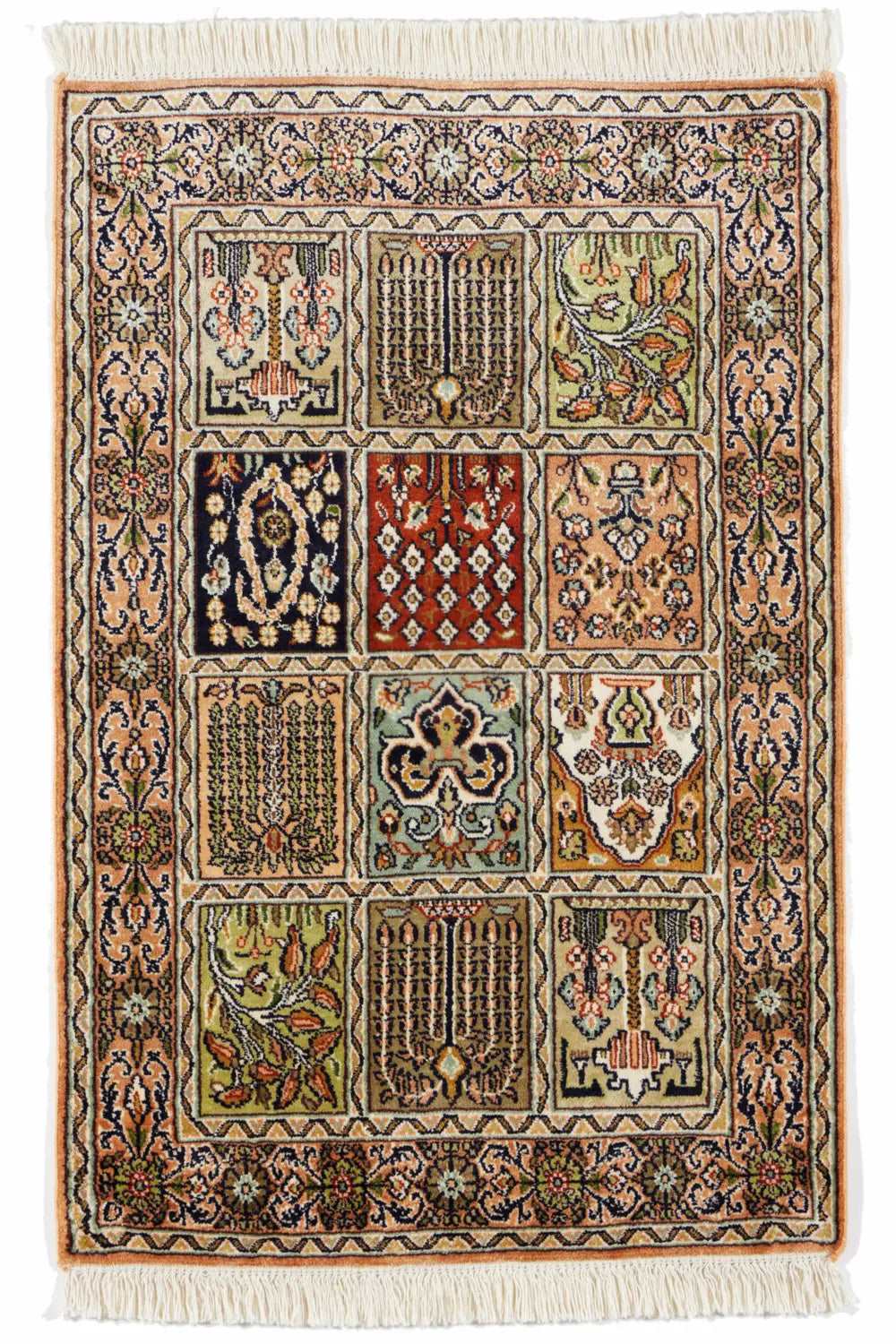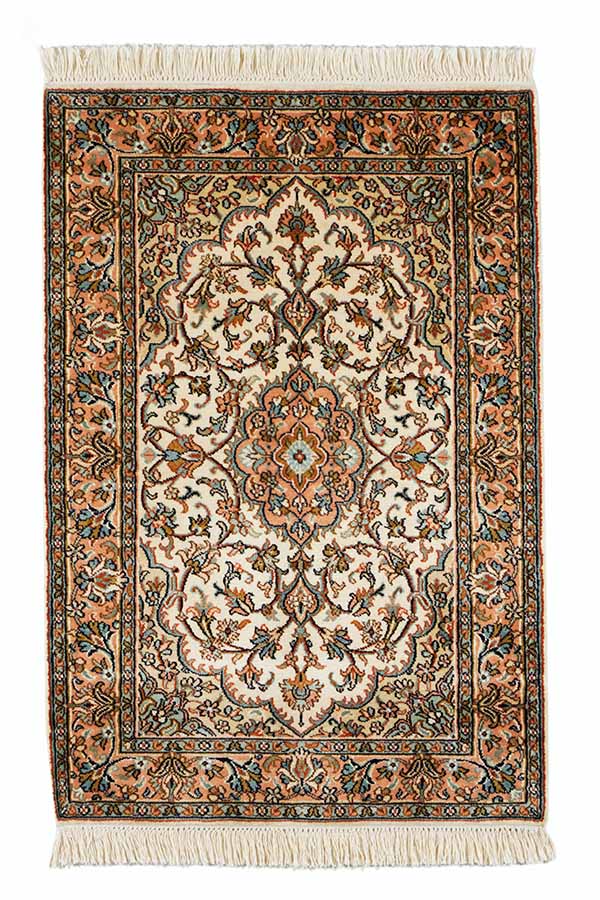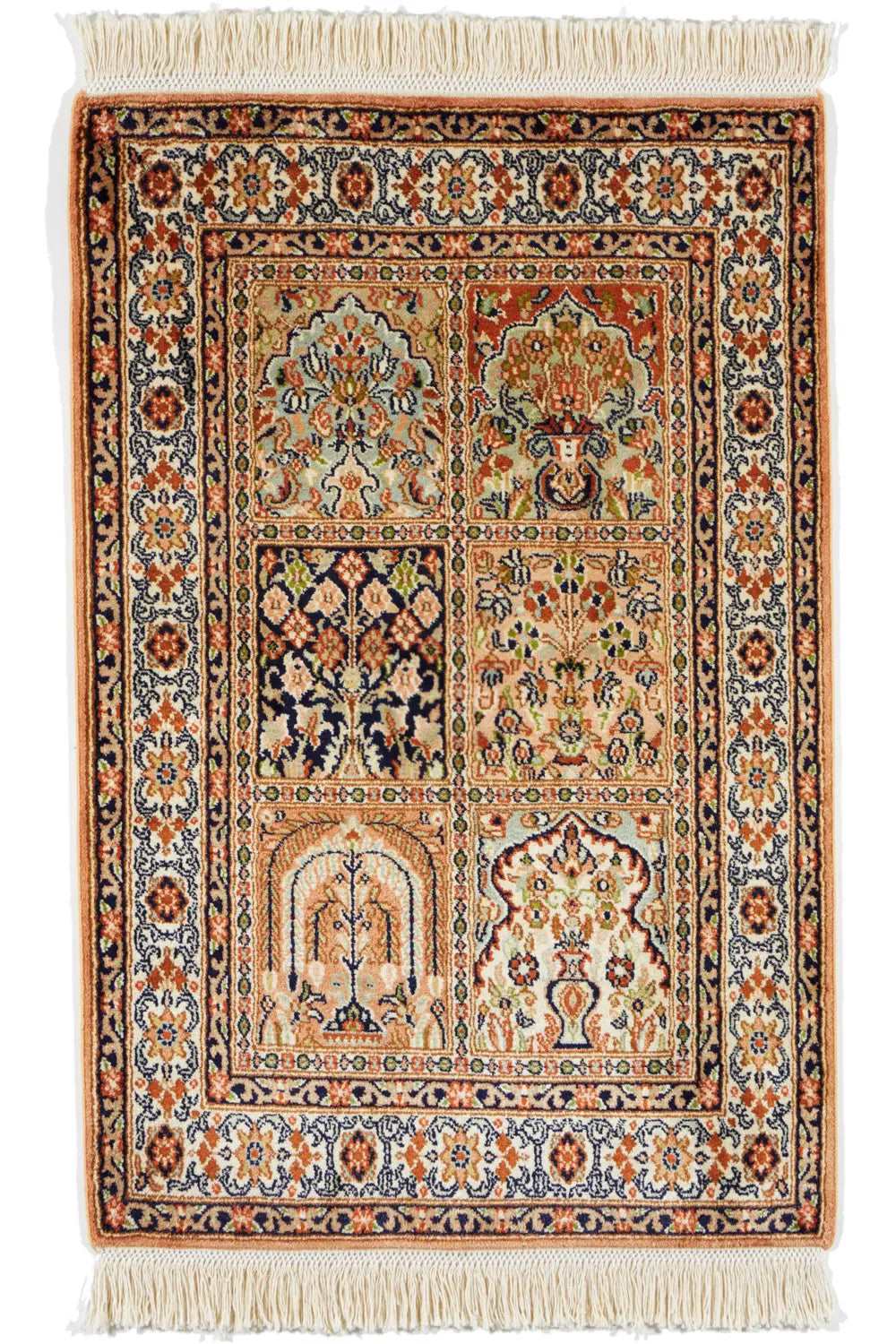The Cultural and Artistic Heritage of Kashmir Silk
A Brief History of Kashmir
Kashmir’s history begins as a major center of Buddhism, later becoming a place where both Hinduism and Buddhism coexisted. In the 14th century, following Mongol invasions, the region came under Islamic rule for nearly five centuries. It was later annexed by the Sikh Empire of Punjab and the Dogra Kingdom of Jammu.
Today, Kashmir remains a disputed territory divided among India, Pakistan, and China, yet it is globally recognized as a culturally rich region and a center for the production of fine silk—particularly Kashmir silk rugs.
Geography and Climate of the Kashmir Region
Kashmir is divided among three countries:
-
India governs the largest portion (approx. 101,338 km²),
-
Pakistan controls about 85,846 km²,
-
China holds around 37,555 km².
The climate varies by elevation:
-
Lowland areas experience hot, humid summers and cold, damp winters.
-
Highland regions have short, cool summers and long, cold winters.
Cultural Influences and Local Craftsmanship
Kashmiri culture is deeply influenced by Central Asia and Persia, evident in its music, dance, cuisine, and especially its craftsmanship.
Traditional clothing is colorful—women adorn themselves with intricate jewelry, while men wear kurta pajama. Handcrafted items like pashmina shawls and handwoven silk carpets are internationally prized. Festivals in Kashmir often feature vibrant music and traditional dance, reflecting the region’s deep artistic roots.
The Silk-Making Process in Kashmir
-
Mulberry Cultivation
The silkworms are fed mulberry leaves, their primary source of nutrition. -
Silkworm Rearing
A species of moth called Bombyx mori is raised to produce cocoons. These moths cannot fly and live short lives, laying up to 500 eggs. Eggs are stored at 18–25°C. -
Cocoon Harvesting
Once mature, silkworms spin protein-rich cocoons. These are carefully collected to extract raw silk. -
Reeling
The silk thread is gently unwound from the cocoon in long, continuous strands. -
Dyeing
The raw silk threads are dyed using rich, often natural, pigments. -
Spinning
Dyed threads are spun into yarn suitable for weaving fine silk rugs.
What Makes Kashmir Silk Unique?
Kashmir silk is prized for its natural luster, long fibers, and soft texture. The rugs woven from this silk feature exceptionally fine knotting and are known to last for 30 years or more with proper care.
With their shimmering finish and delicate feel, Kashmir silk rugs have earned a global reputation for excellence. As demand for luxury handcrafted goods grows, the international market for these high-quality silk rugs is expected to expand further.
